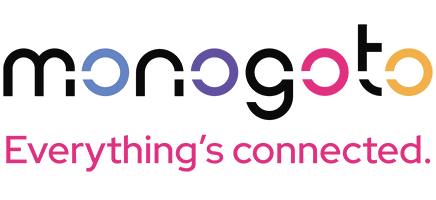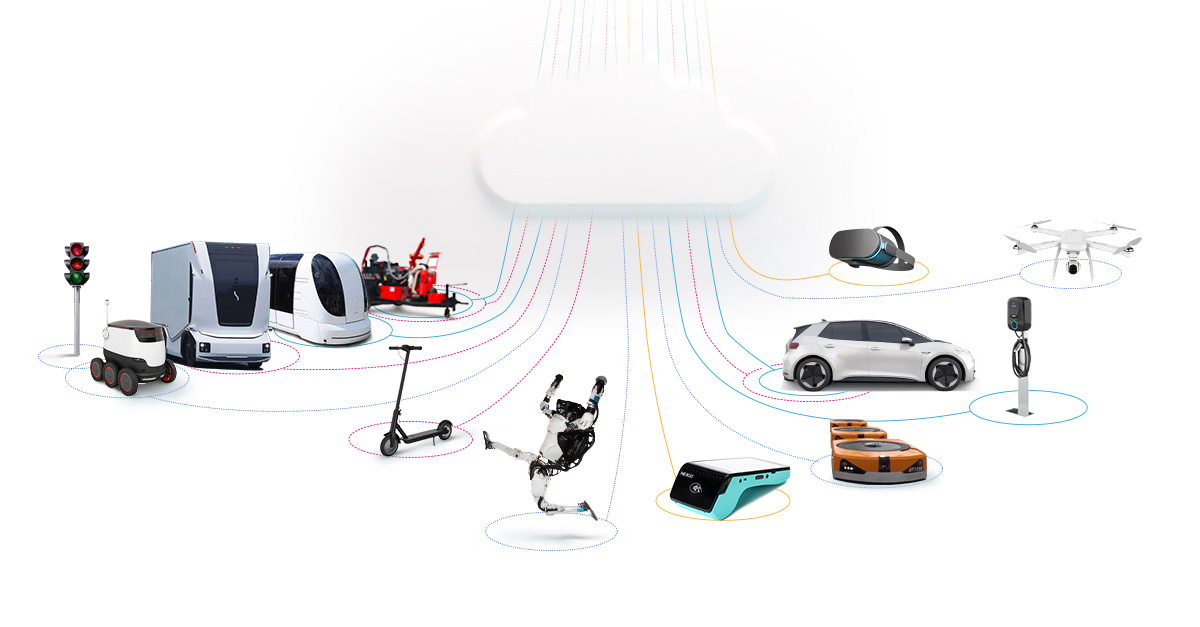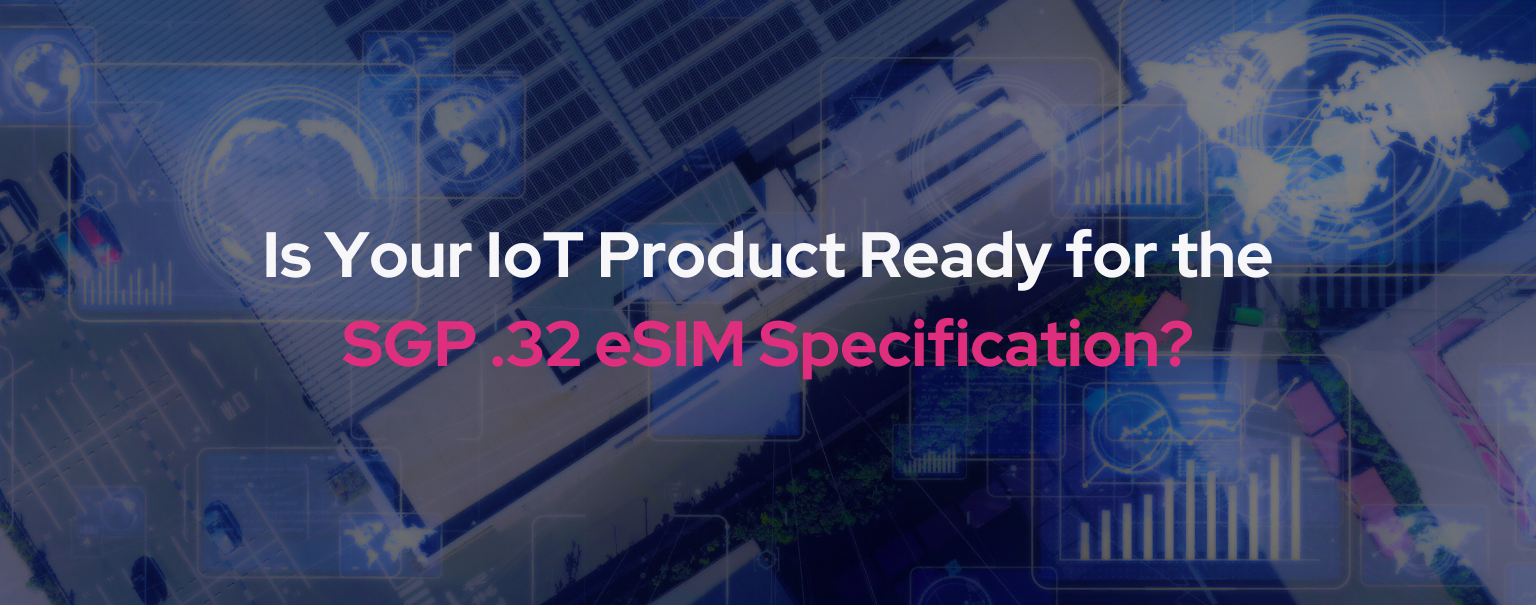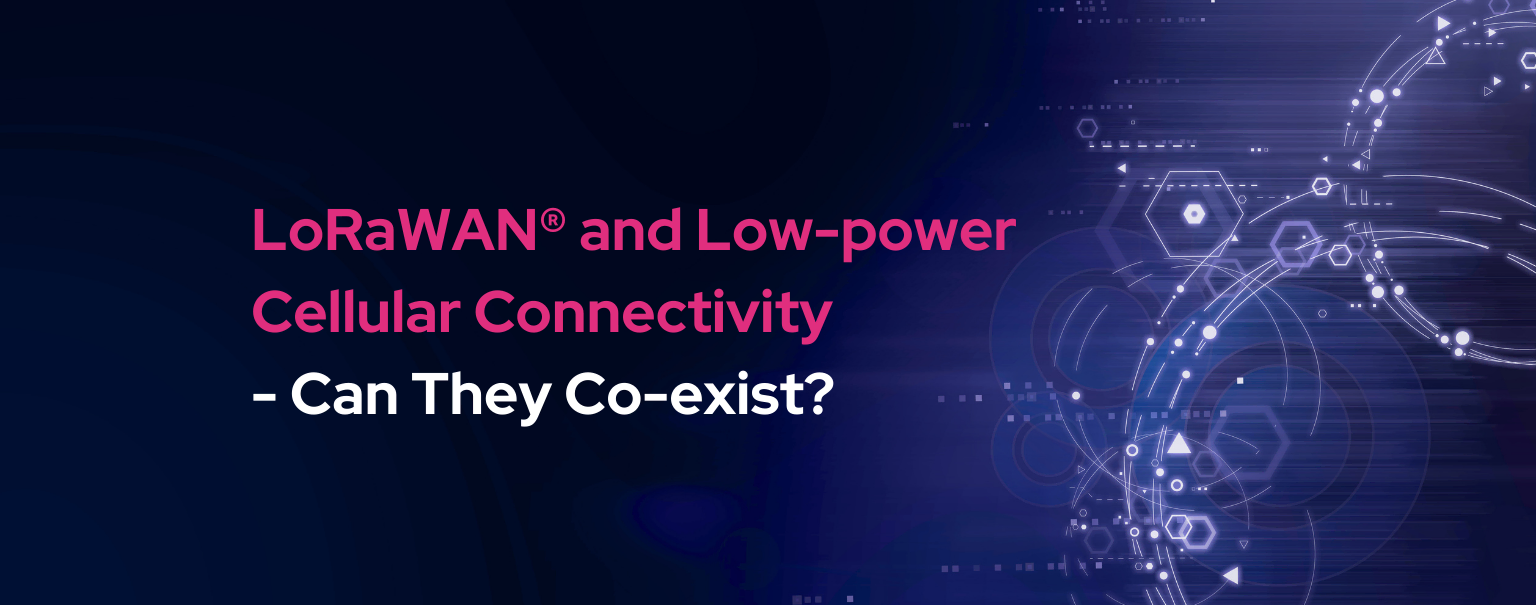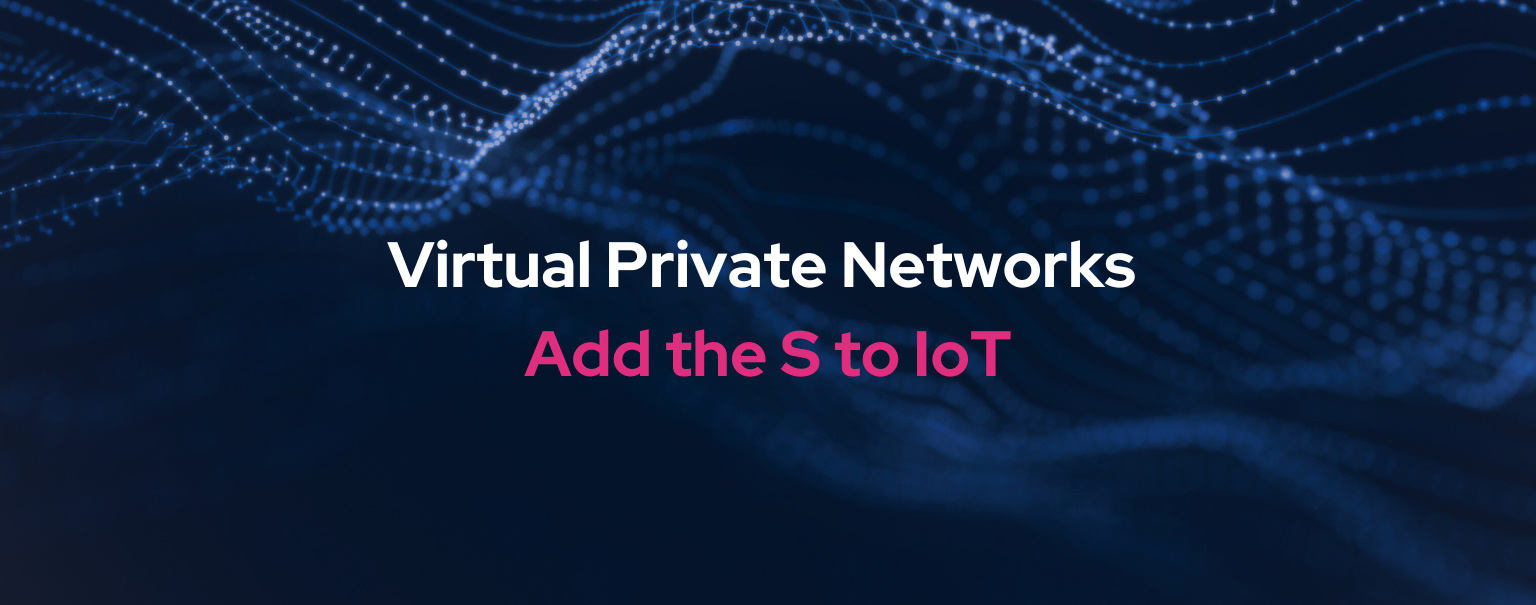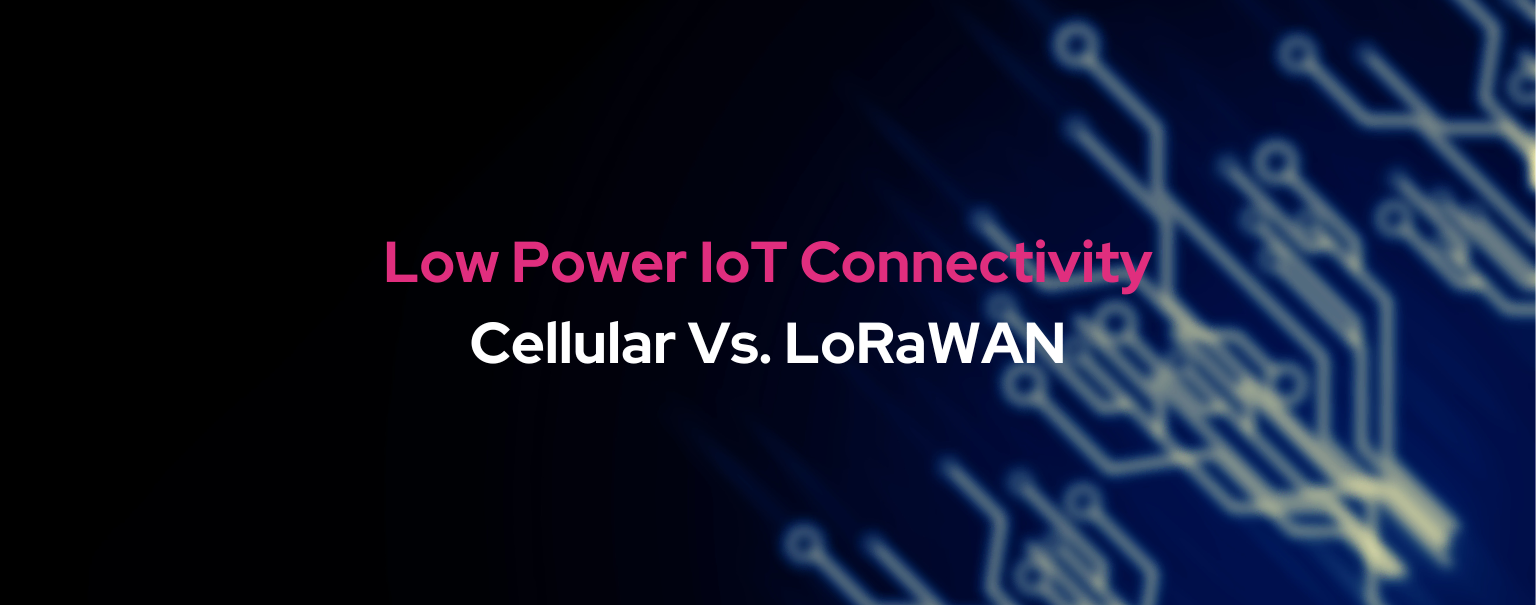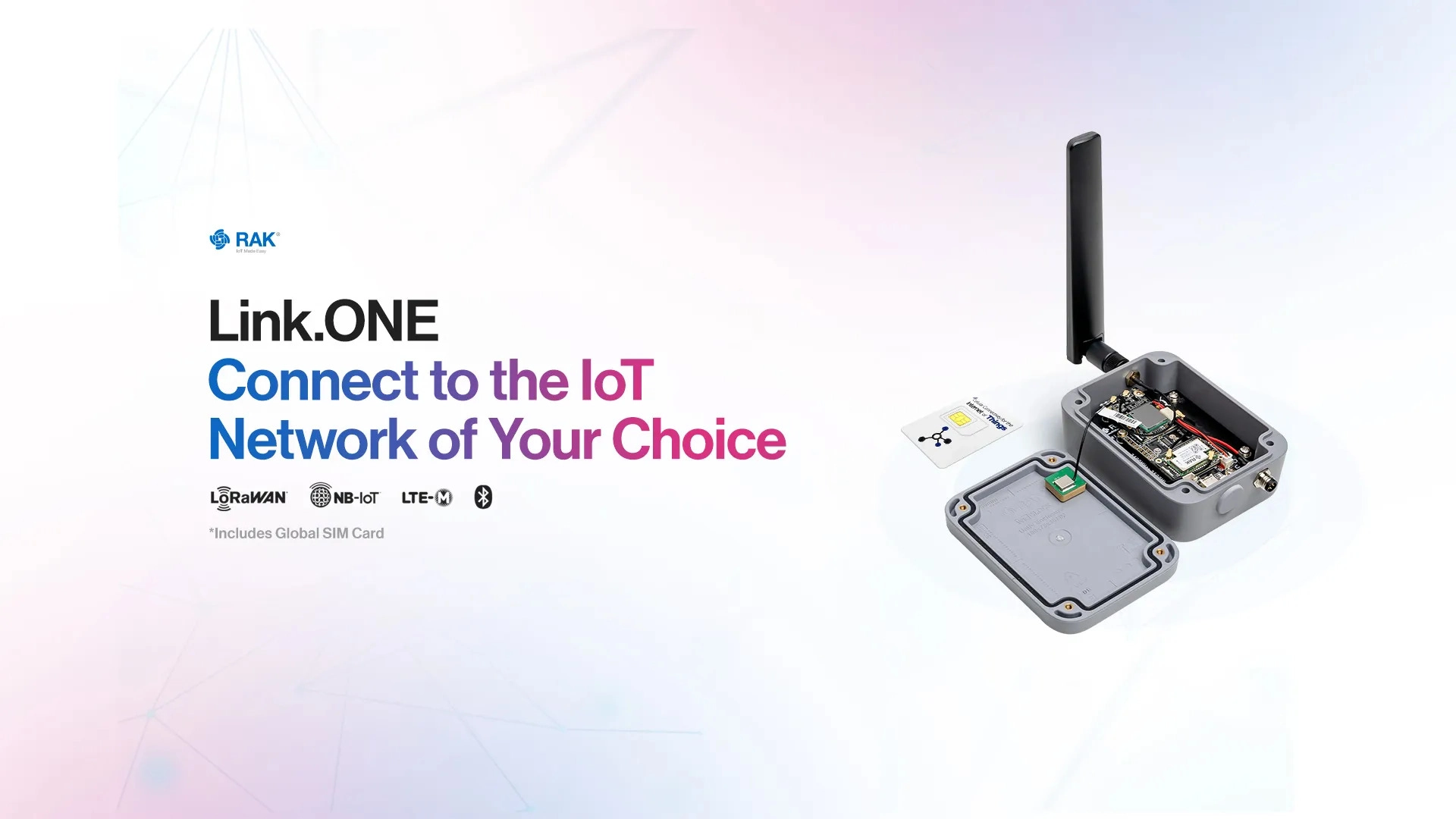The world of technology is in a constant state of flux, and the Internet of Things (IoT) is no exception. Today, “IoT” no longer refers to simple machines “just talking” to each other as it once was. Rather, modern IoT devices, or “Connected Devices,” are much smarter. They are now mostly Linux-based devices, such as connected mobility, connected robots, connected trackers, connected street lights, and connected payment devices that require continuous and ubiquitous connectivity. Before we dive into what this connectivity looks like today and how we came to design it the way we did, let’s briefly look at the past.
The Early Days: IoT Devices with Limited Connectivity
IoT devices used to be primarily designed to serve specific functions, such as monitoring environmental conditions, optimizing energy usage, or tracking inventory. These devices were often constrained by limited processing power and connectivity options.
While these IoT devices were groundbreaking for their time, they came with several limitations. As cost considerations often took precedence over user experience, manufacturers’ goals were to produce high quantities of these devices with basic functionality. The connectivity needs were confined to localized networks, such as Bluetooth and WiFi. Today, we can all agree that the promise of a boom of endless IoTs everywhere has fallen short of expectations.
The Evolution: From Limited IoT Devices to Connected Devices
Fast forward to the present, and we see sophisticated machines have transcended their previous limitations and can operate with advanced features like real-time precise tracking, AI/ML capabilities, log storage, and continuous firmware updates. Because of the software component of the way they are connected (more on that later), they are able to prioritize the user experience and cyber posture, allowing them to truly enrich the way we work, the way we travel, the way we consume, and the way we live. We refer to these as “Connected Devices”, not just “IoT”.
The Turning Point
The evolution of IoT from its humble beginnings to the realm of sophisticated Connected Devices marks a significant milestone in technology’s progress. Calling these devices “IoT” doesn’t do justice to them, or to their developers.
These teams require tools and technologies that conform to “cloud best practices,” allowing the product owner to deliver the best experience and value to their customers. For example, they continuously:
- Deploy software updates to their globally-deployed devices;
- Use Network Capturing tools or log extraction for debugging;
- Rely on Deep Packet Inspection or Data Leak Prevention for cyber posture;
- Use Geolocation routing for compliance (GDPR for example).
Key Takeaways
It’s time for a whole new connectivity narrative. Connectivity depends on context, as it offers versatility and flexibility, and serves multiple purposes across different stages of the product life cycle, for both legacy and modern businesses. What’s really new is that it:
- Leverages advanced cellular network capabilities, public networks / private LTE/5G, and satellite, enabling enterprises to ensure their devices are continuously and seamlessly connected in the most reliable way.
- Prioritizes user experience, control, and ease of management across devices.
- Adheres to the most advanced cybersecurity requirements, both in terms of being able to enforce policies based on geographic location and react to real-time events, for example, automatically blocking traffic in response to abnormal behavior or Geolocation routing for GDPR compliance.
It’s a brand-new connected world. Entire industries are reinventing themselves. Leading enterprises are transforming their products by connecting them. New technologies such as Software-Defined Connectivity (SDC) are taking this revolution further, allowing everyone to consume connectivity just the way AWS transformed the way computing is consumed. Time is saved, money is saved, productivity is boosted, and better and more sophisticated Connected Devices are introduced to the market.
All of this is made possible by a new type of connectivity Connected Devices rely on. More on that in the next blog…
